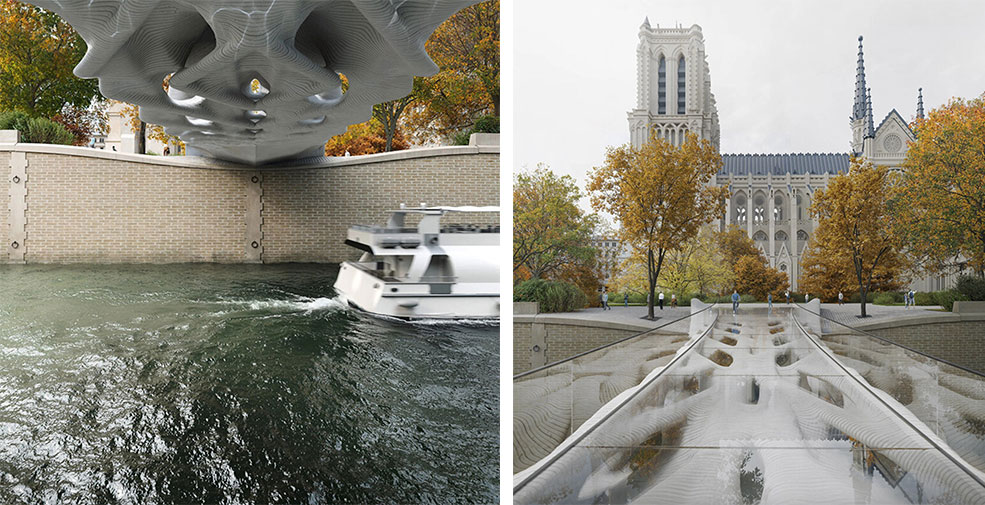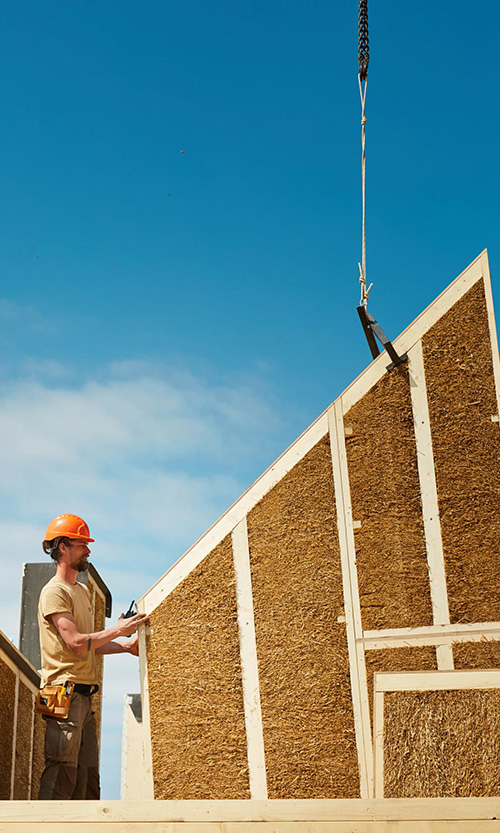WORKS COMMENCE FOR 80,000 SQ FT GATEWAY OFFICE REDEVELOPMENT IN LEEDS CITY CENTRE
Prescient Capital has announced the start of construction for the redevelopment of Wellington Plaza, a significant office building in the heart of Leeds’s premier business district.
Cleggs Construction has been appointed as main contractor to deliver the redevelopment which will see demolition of the existing 1980’s built, four-storey building to make way for a new state-of-the-art, eight-storey development comprising 80,000 sq ft of Grade A accommodation.
Joint venture partners, Prescient Capital and Asset Capital secured planning consent for the redevelopment in 2024 with Prescient subsequently acquiring 100 per cent shareholding in the project.
Rebranded as 31 Wellington Street, the new development will reflect the status of its prominent position on the corner of Wellington Street, directly opposite Wellington Place, and just a few minutes’ walk from Leeds train station.
The development will deliver best in class accommodation, meeting the highest ESG standards including; EPC A, BREEAM Outstanding, Fitwell 3 Star, NABERS 5 star, & Wired score platinum.
The internal space is designed to support the post-pandemic hybrid way of working with total flexibility for occupiers fit out. The new building will boast an impressive entrance lobby and reception area along with co-working space and floor plates will be available between 3,000 & 9,500 sq ft. The top floor will feature a sky lounge for client entertaining and social events, with further amenities including a fitness suite, luxury changing facilities/showers and secure cycle storage.

Doug Friend, CEO of Prescient Capital, said,
“We’re delighted to now get this project underway. Leeds currently has a significant shortfall of prime workspace and this elevated ESG credential property is perfectly located and designed to assist in relieving some of that pressure.
“This also marks a return to the commercial office sector for me and Rob Randall, Prescient Chairman, having previously funded and managed over two million sq ft of Grade A office space across the UK.”
The design of 31 Wellington Street has been led by DLA architects, an award-winning practice which has created some of Leeds’s most prominent Grade A office spaces. DLA is supported by a team of experts including Roscoe (civil/structural engineers), Thornley & Lumb (service engineers), BB7 (Fire engineering), Hydrock (BREEAM & Fitwell), Ridge (NABERS) & AH connections (wired score).
Prescient Capital has appointed Knight Frank, Fox Lloyd Jones and Cushman & Wakefield to market the scheme.
Nick Salkeld, Partner at Fox Lloyd Jones, said,
“Fox Lloyd Jones is proud to be a part of the team bringing forward this exemplar development designed to the highest standards and current day ESG benchmarks. It is a truly unique landmark scheme for the Leeds office market offering boutique, high-end workspace in a prime West End location.”
Adam Cockroft, Partner at Cushman & Wakefield, said,
“We’re beyond excited to be representing Prescient Capital in the delivery of this game changing office building in the heart of Leeds’s core business district. 31 Wellington Street will offer levels of sustainability, quality and intelligent systems management that, to date, has only been talked about. This is a building that occupiers and their staff will be proud to work in, offering class leading facilities to attract and retain the highest calibre of staff.”
Eamon Fox, head of the Leeds office at Knight Frank, added
“It is brilliant to see Prescient Capital take an approach where the need to be thinking about tomorrow is non-negotiable. 31 Wellington Street is an office building which acknowledges the redefining role of real estate, where office solutions have to be recast.
“Offices are no longer the backdrop to business. Instead, they are a dynamo for your business. That means the role of 31 Wellington Street is a transformation enabler, and we are a strategic business partner for firms in Leeds, or those looking to put down an anchor here. I am beyond excited to see Prescient Capital highlight the next era of office development, leading those who act with intent, build with agility and lead with conviction.”
Site preparation works have commenced with the demolition due to start from this September and project completion anticipated by July 2027.







